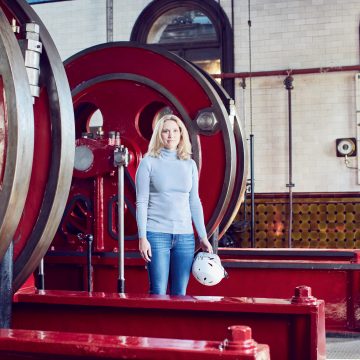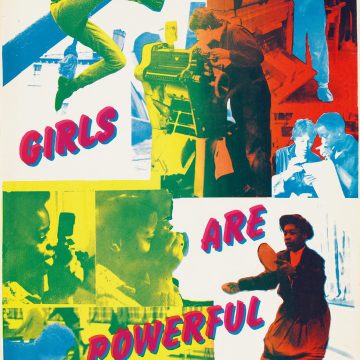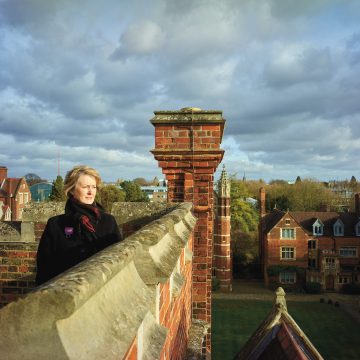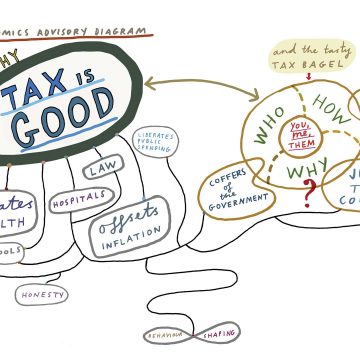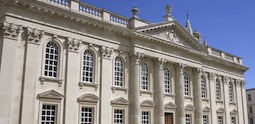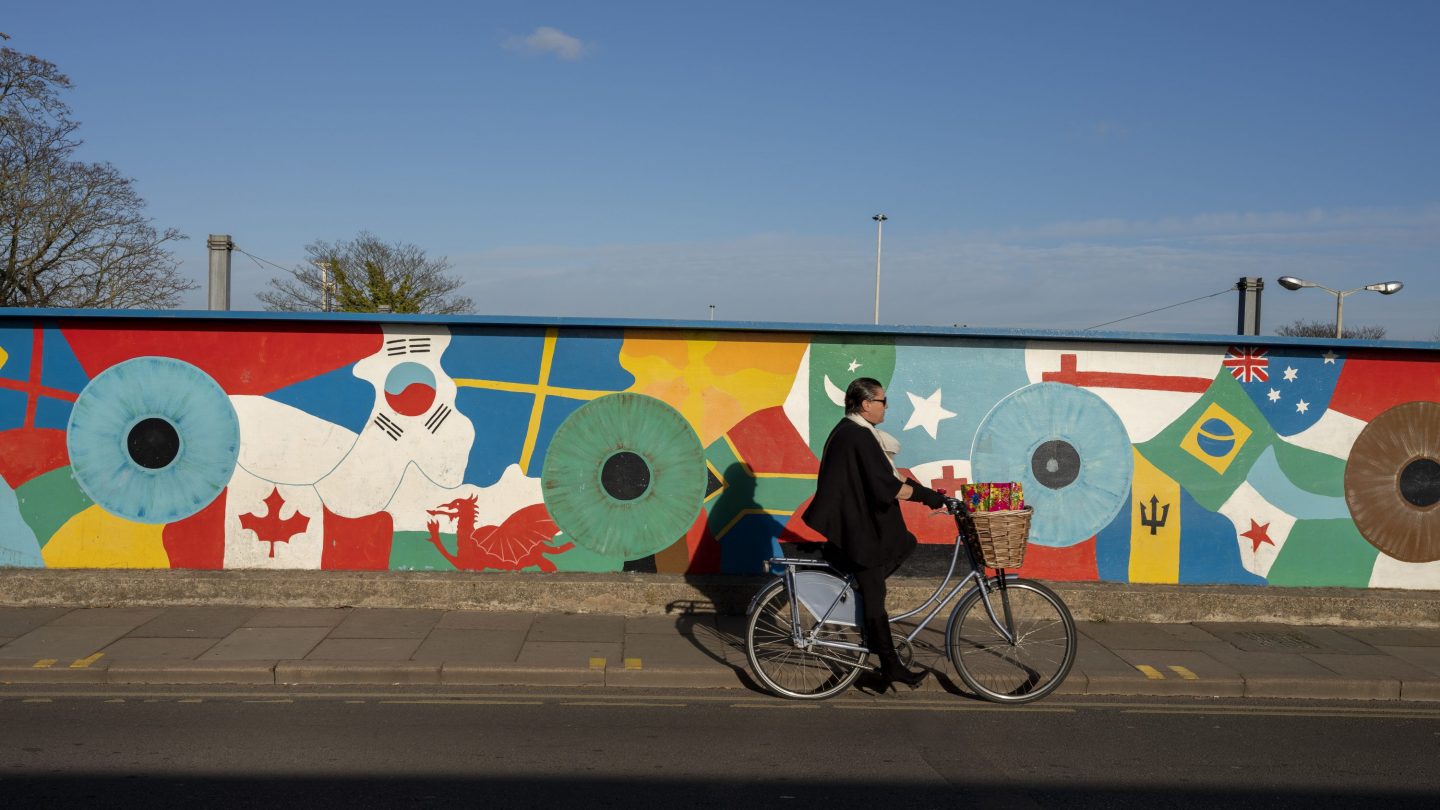
The Radical Road
From the General Strike to the campaign to ban Sainsbury’s, Mill Road has long provided a home to Cambridge radicals
Like many hundreds of undergraduates before him, Dan Ross (Downing 1994) began most evenings during his second year by walking home across Parker’s Piece, via Reality Checkpoint, to a rented house on Mill Road – a place he describes as “a five-minute walk, and a world apart, from College”.
A mile-long byway linking central Cambridge to the ring road, Mill Road has a strong claim to be the most famous street outside the orbit of the University. It forms the spine of two distinct communities, Petersfield and Romsey Town, separated by the railway bridge. Petersfield, on the west side, was developed in the early 19th century on land owned by the Colleges, and a good deal of its early residents had a connection to the University. Romsey, over to the east, grew to house workers on the new railway, whose solidarity and socialist beliefs invited the nicknames of ‘Red Romsey’ and ‘Little Russia’. What the two neighbourhoods have in common is a sense of being separated from (and ignored by) the Cambridge better known to the outside world.
Caroline Wilson (Newnham 1963), a Petersfield resident and secretary of the Mill Road History Society, says: “The town and University found it convenient to locate there everything they didn’t want to have to think about: the cemetery, the workhouse, the hospital for infectious diseases and, of course, the railway. One of the reasons we set up the Mill Road History Project was to redress the balance between the well-documented history of the University and this fascinating but neglected part of town.”
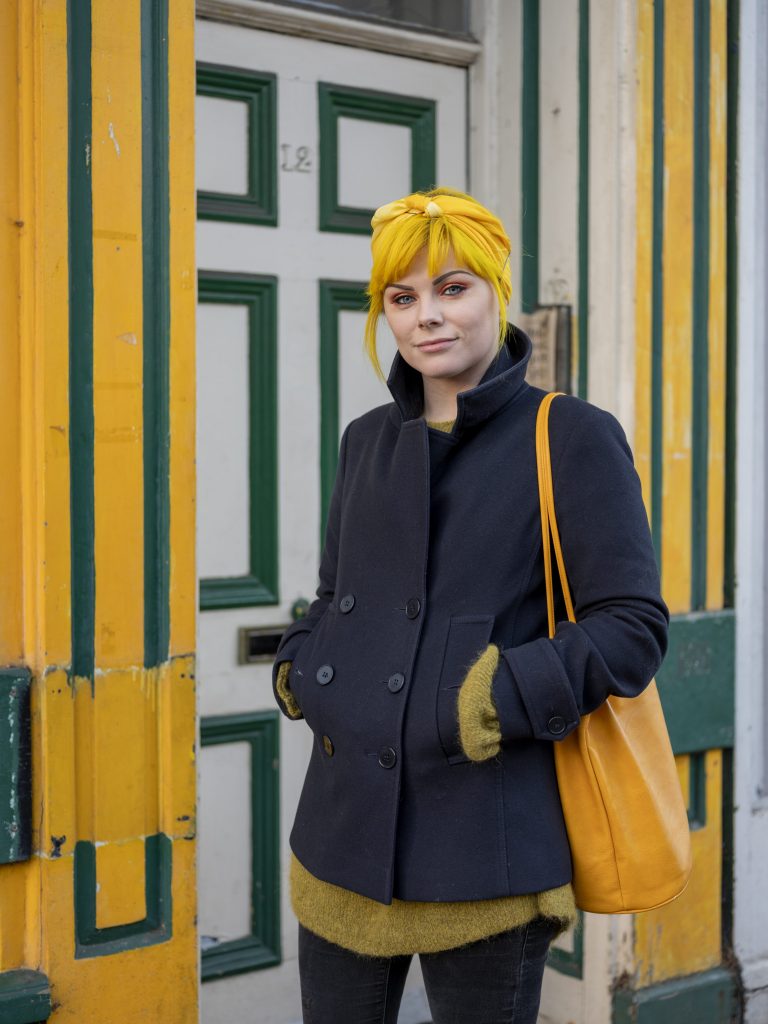
Thriving
Over recent decades, Mill Road has variously been portrayed as a thriving stronghold of bohemianism, cultural diversity and independent traders, and as an example of urban dilapidation dubbed ‘the Street of Fear’ in the Cambridge News. But all the while, it has maintained its reputation for radicalism, protest and political dissent. Indeed, it was where Ross gained an introduction to activism, mid-90s style. He says: “I played chess at CB1 Café with a guy who presented himself as working class one minute and as an idle playboy aristocrat the next. It turned out he was a Hungarian count.
“The next time I saw him was in London. I had unwittingly driven into the middle of a protest that was turning into a riot. A large group had closed down the street and were smashing things up, and there he was in the middle of it, playing the ringleader. Luckily, he recognised me and waved me through. Of course, he then disappeared as I drove on, leaving an angry mob to throw plastic furniture at my car until I put on some dub music and they chilled out. Good times!”

Town and gown
After often visiting friends on Mill Road as freshers, Chloe Houston and Claire Hanley (Robinson 1997) spent their second year living at a College-owned house at number 72 – as the anti-car, anti-globalisation Reclaim the Streets movement was gaining momentum.“We went along to events and said approving things, but didn’t really take part,” says Hanley. “I was still a Cambridge student at heart, not wanting to get into trouble. But I loved living on Mill Road. It was a real community, and a bit bohemian.
“You’d get to know the people in the café, the Salvation Army shop and the organic food store, and there were artists and poetry readings”
“I remember the events where everyone sat in the street and chalked the pavements,” says Houston. “I’d grown up in Leamington Spa, which was quite sheltered: there was certainly nothing of that sort going on there.”
Countless students have dipped a toe into activism while living on Mill Road. But for over a century, other members of the University have involved themselves more wholeheartedly, entangling different strands of social reformist zeal from town and gown, as Mary Burgess, local studies assistant at Cambridgeshire county council, explains. “You get quite a lot of students, particularly from about 1908 to 1913, being interested in the town,” she says. “A book by the social reformer Eglantyne Jebb had come out in 1906 about conditions in the city, and a lot of the University people were shocked about how much poverty there was – particularly when they started going out and seeing what things were really like.”
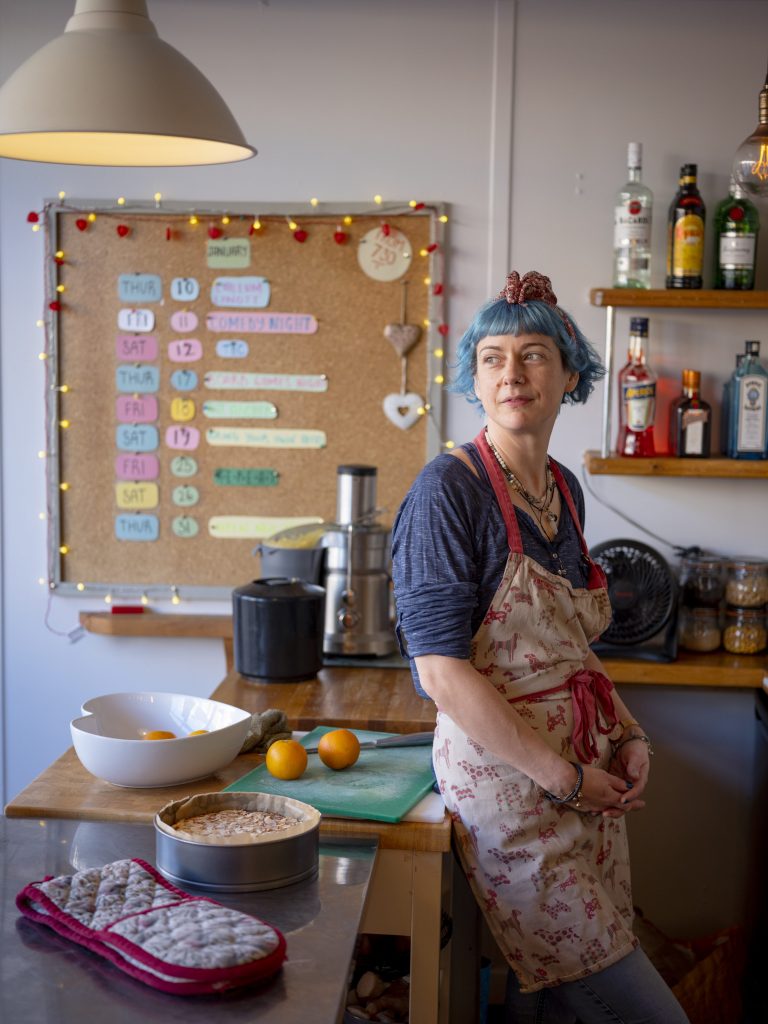
Suffrage
At the turn of the 20th century, Mill Road was at the centre of Cambridge’s movement for women’s suffrage. Burgess believes the earliest meetings took place in 1906 at the Lodge, a liberal magistrate’s house on the site of the Broadway in Romsey. She says: “Lots of people used that house for meetings, but particularly the Women’s Suffrage Association. In 1913 they put on a suffrage pageant called Britannia’s Daughters with some parts played by students from Girton and Newnham.”
A pivotal figure in the movement was Clara Rackham (Newnham 1895) known as Millicent Fawcett’s right-hand woman at the National Union of Women’s Suffrage Societies. After failing to become an MP, she concentrated her efforts on local politics, becoming one of the town’s first female magistrates, a long-serving councillor (representing Romsey from 1929) and a tireless campaigner for educational and penal reform. Records suggest Rackham spoke at length at a 1909 meeting at Mill Road Baptist Church jointly convened by the Cambridge Women’s Suffrage Association and the University Men’s League for Women’s Suffrage.
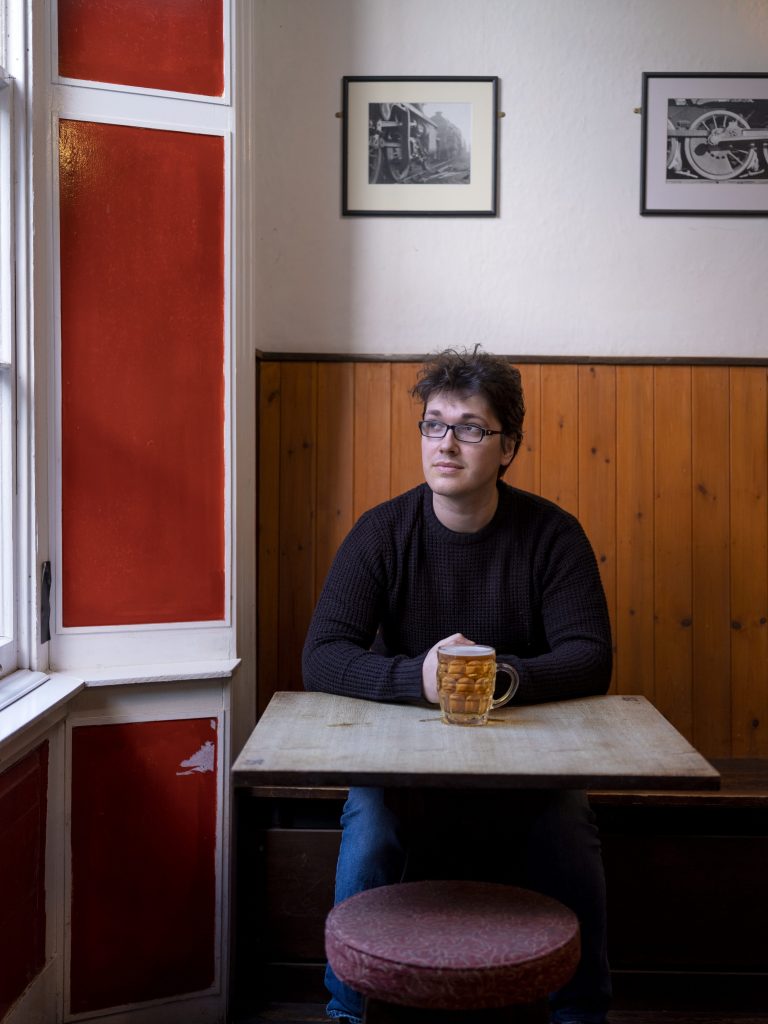
Strike committee
She was also a driving force in the establishment of a Labour Club on Mill Road. “Romsey was where they put the Labour Club because it was the place of greatest Labour support,” says Dr Deborah Thom, Fellow and Director of Studies for History and Sociology at Robinson. “The housing down there was by and large rented by working-class people who were employed by the railways.”
Rackham’s name also crops up in accounts of the General Strike of 1926 in Cambridge. Her fellow social reformer, Leah Manning (Homerton 1906), mentions in her autobiography that the strike committee would meet in Rackham’s kitchen. They were helped by a group of undergraduates who would arrive each evening to distribute the strike bulletin, but whose attitude was not typical of the University as a whole.
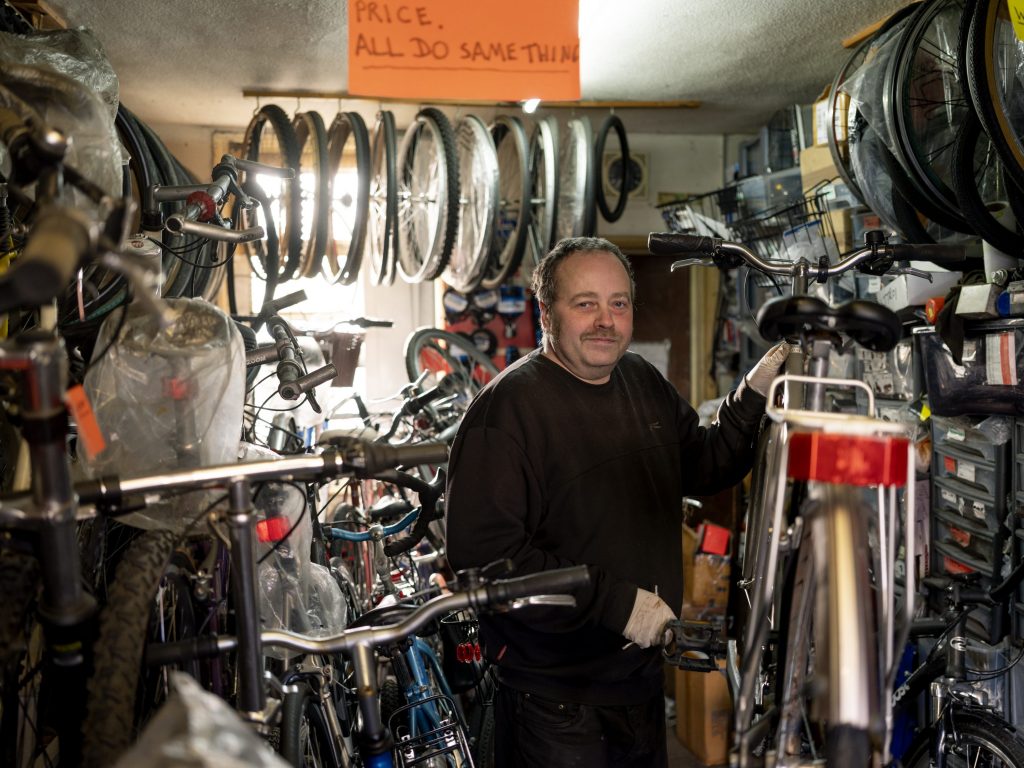
Strike-breakers and accidents
Caroline Wilson notes that while almost all Romsey’s railwaymen participated in the strike, the Colleges supplied an enthusiastic corps of young men who were keen to serve as strike-breakers and would be collected from the Backs each day in a convoy of motor cars. Dr Thom says: “There were some undergraduates who participated on the side of the strikers, but not nearly as many as those who went up to London and wanted to drive trains. It is said that the Colleges agreed that their members would be allowed to participate in strike breaking if they weren’t expected to get a First.”
The students’ efforts could be catastrophically inept. In May 1926, students derailed a train near the Mill Road bridge, and hundreds of striking railway workers turned out to jeer.
The Cambridge Chronicle made clear where its sympathies lay, referring to the undergraduates as “the gallant 600” and castigating the strikers for “smiling and chaffing” while another accident was taking place up the line at Bishop Stortford – this one causing the death of a passenger. Wilson points out that “nowhere is it recognised that incompetence on the part of the volunteer undergraduate drivers must have caused both accidents”.
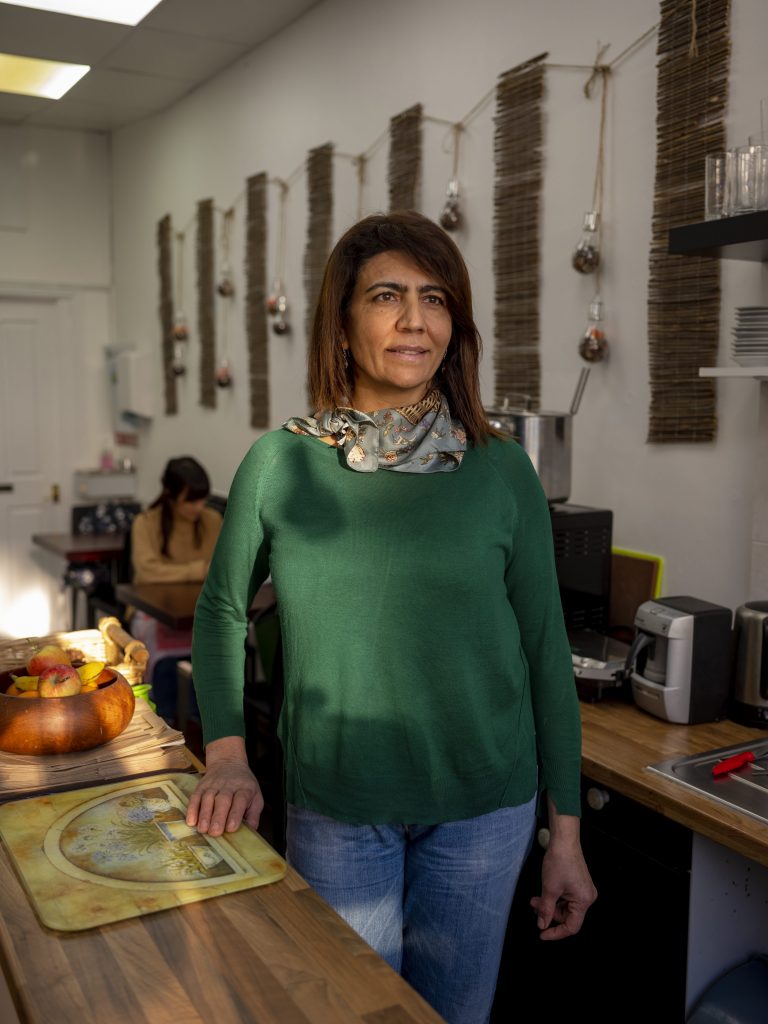
Community
Throughout the 20th century, the social make-up of Mill Road began to change. Dr Thom says: “From the 1960s, it becomes an area where you get radicals of a rather different sort, because Cambridge has always been expensive, and it was the area where housing was most affordable. “People start buying houses in Mill Road rather than renting them. It means there’s also a thriving community of shops. It’s an area where people both live and work, unlike west Cambridge.”
Most recently, activism has been concerned with preserving the local environment, and particularly with opposing the chain stores that have started to move in among the independent retailers. One of the campaign’s most vocal proponents has been Abdul Arain, owner of Al Amin grocery store on the western side of the railway bridge and an associate chaplain at Anglia Ruskin University. He says: “A lot of high streets are, for want of a better word, dying. We find that a lot of the multiples, the national chains, move into smaller high-street premises because it’s very lucrative for them with their huge buying power and deep pockets. “They threaten the vibrancy of communities: there’s a disconnect between the neighbourhood and those who own the shops, and profits go away to the shareholders.”
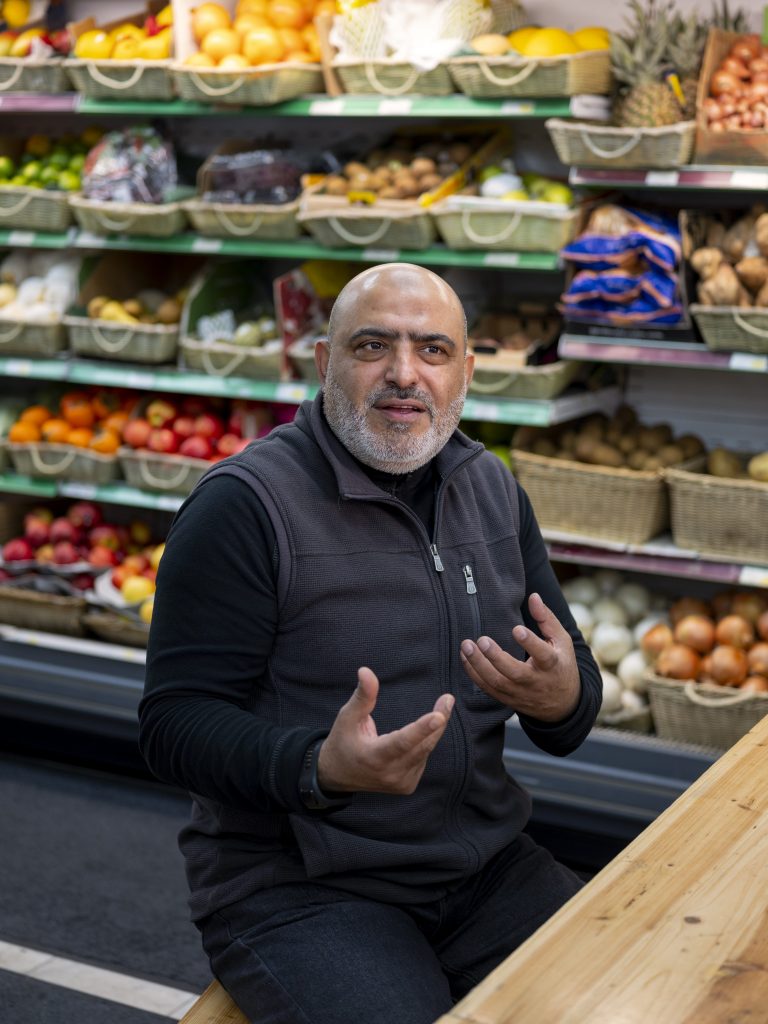
Developers
In 2011, Arain stood against Lord Sainsbury for the Chancellorship of the University, in opposition to plans for a Sainsbury’s Local on Mill Road. Though the store eventually opened, he gained more than five per cent of votes cast and a great deal of publicity for the cause. “We’ve had a lot of success because people of all kinds believe in this community,” he says. “I don’t just mean different nationalities. People from all walks of life make up Mill Road, town and gown: workers, students, professors and people working for organisations like the Medical Research Council or AstraZeneca.”
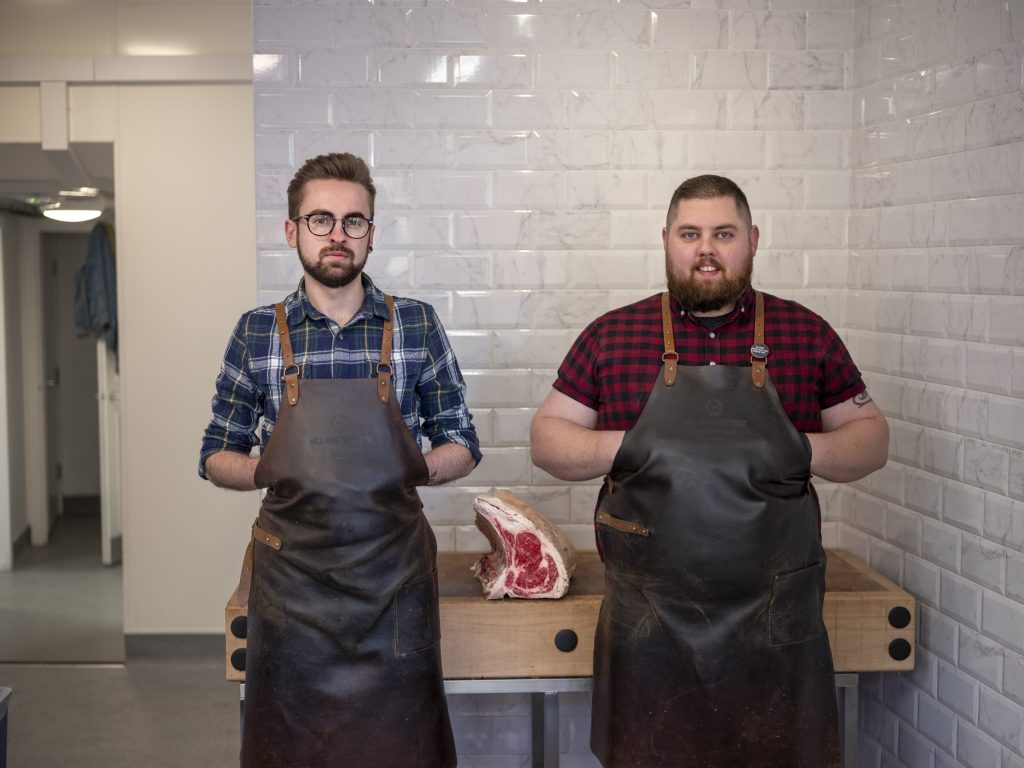
For those fighting to keep the area’s distinctiveness, chain stores represent just one threat. In university towns around Britain, the past decade has seen property developers rush to create more purpose-built student housing – something opponents say can upset the demographic balance of whole neighbourhoods.
Many of those who passed through Mill Road on the way to a degree, whether politically engaged or not, would agree that Cambridge stands to lose something special if the road becomes another identikit high street. Dan Ross says: “Mill Road showed us that there was a city beyond the transitory population of students. You got to see the University from the perspective of people who grew up in Cambridge and had lived there all their lives.”
Learn more about about the Mill Road History Society, and Capturing Cambridge

